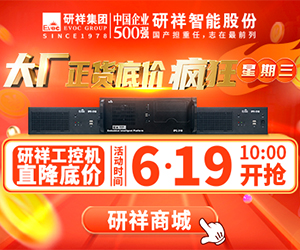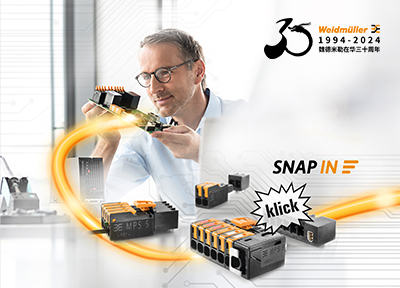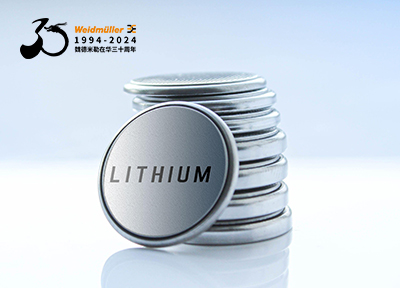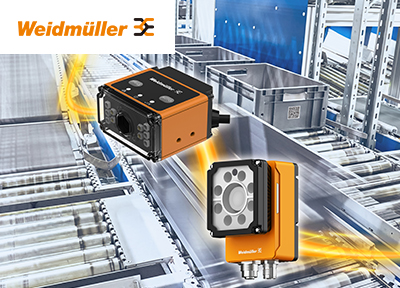It is a fact of life that the needs of general-purpose-computing drive microprocessor trends. Simple semiconductor-fabrication economics makes mass-marketable designs very inexpensive控制工程网版权所有, while making designs aimed at smaller market segments, such as CNC, cost prohibitive.
“Advances in technology help all technologies in a general way,” says Paul Nickelsberg, president and chief technical officer at Orchid Technologies Engineering and Consulting Inc. [www.orchid-tech.com]
The underlying “big i
Starting in the mid-20th Century, and accelerating thereafter, technology was developed to substitute servomotors for geared axis drives (numerical control — NC), with computers calculating intermediate data points for the servos by interpolation from waypoints (computer numerical control — CNC). As computer technology advanced from vacuum tubes to discrete transistors to integrated circuits to控制工程网版权所有, finally, microprocessors, these new developments rapidly found their way into CNC machines.
“Enhancements in microprocessor technology,” says Roger Hart, manager of real-time software R&D with Siemens Energy and Automation, [www.sea.siemens.com] “have allowed more functions to be added to the CNC, and they have allowed CNC performance to be improved.”
“These widely used chips and microprocessors provide a very scalable platform and enough performance at any level,” says Karl Rapp, manager of automation and machine tool branch at Bosch Rexroth. [www.boschrexroth-us.com] “Since the software and firmware is developed for this platform, CNC OEMs can easily provide control solutions that run on the processor of the machine HMI.”
The bad news
The bad news is that sometimes there is a disconnect between what CNC machine technology needs and what general-purpose computing provides. For


 在线会议
在线会议 论坛
论坛 专题
专题 工控直播
工控直播 新闻中心
新闻中心 子站
子站 技术
技术 社区
社区



 IDEC HR8S系列新一代安全继电器有奖试用活动
IDEC HR8S系列新一代安全继电器有奖试用活动 2025(第二十一届)年度最佳产品奖有奖投票中
2025(第二十一届)年度最佳产品奖有奖投票中 AVEVA剑维软件食品饮料行业白皮书有奖下载
AVEVA剑维软件食品饮料行业白皮书有奖下载 立即有奖下载TE重载连接器选型指南
立即有奖下载TE重载连接器选型指南 2025(第十四届)全球自动化和制造主题峰会
2025(第十四届)全球自动化和制造主题峰会































